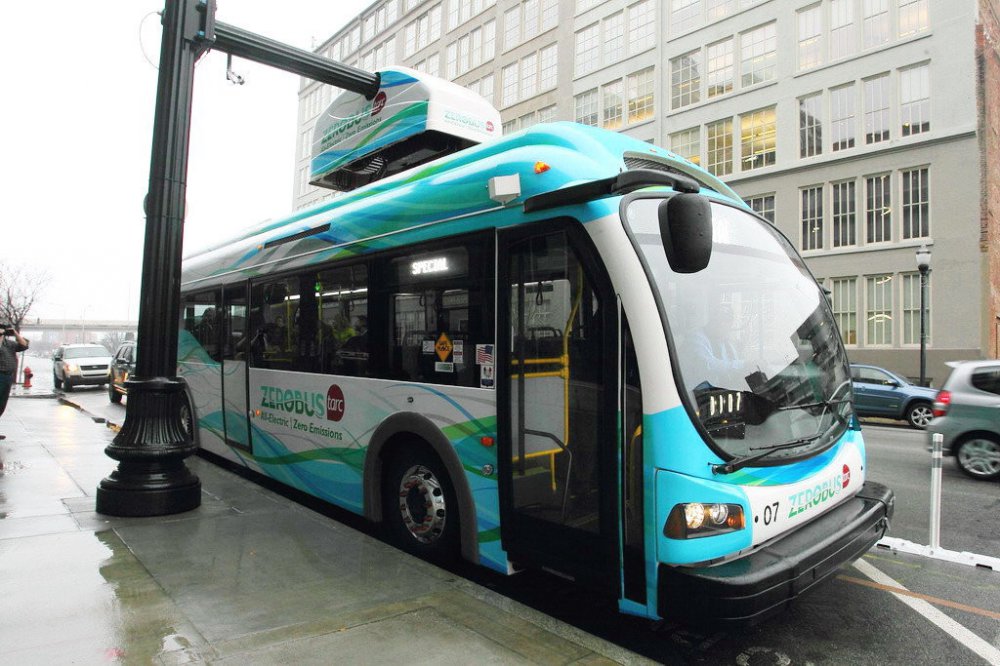In a recent development in the European transportation sector, there’s a noticeable shift towards sustainability. According to the latest report by CME, a significant 42% of city buses in Europe have switched to zero-emission models by the close of 2023. This transition marks a pivotal moment in the continent’s transportation landscape, highlighting the accelerating adoption of electric buses.
Europe stands as home to a staggering 87 million regular bus commuters, largely composed of individuals traveling to work or school. While buses present a greener alternative to individual car usage, conventional fuel-based models still contribute substantially to carbon emissions. However, with the emergence of electric buses, there’s a promising solution to combat pollution and reduce greenhouse gas emissions.
The CME report highlights a remarkable 53% surge in registrations within the European e-bus market in 2023, with over 42% of city buses now operating as zero-emission vehicles, including those powered by hydrogen fuel cells.
Despite the environmental advantages electric buses offer, several obstacles impede their widespread adoption. Challenges such as cost, infrastructure development, and power supply limitations require urgent attention. The initial high cost of electric buses, mainly due to expensive battery technology, poses a significant financial barrier. Nevertheless, experts anticipate a gradual decline in costs as battery prices continue to decrease over time.
Furthermore, the establishment of charging infrastructure presents logistical challenges. Strategically placing charging stations along main routes at optimal intervals is crucial for seamless operations. Additionally, existing infrastructure often struggles to meet the high-power demands necessary for rapid charging, placing strain on the power grid. Efforts are underway to address these challenges, with ongoing research focused on identifying innovative solutions and optimizing charging strategies.
Electric bus charging strategies encompass three primary approaches: overnight or depot-only charging, online or in-motion charging, and opportunity or flash charging. Each strategy offers distinct advantages and caters to specific operational requirements. While overnight charging enables uninterrupted daily operations with large-capacity batteries, online and opportunity charging systems provide flexibility and efficiency, albeit at higher upfront costs.
The global electric bus charging infrastructure market has witnessed significant growth, reaching $1.9 billion in 2021, with projections indicating further expansion to $18.8 billion by 2030. This exponential growth reflects the growing demand for sustainable transportation solutions worldwide. Charging infrastructure solutions encompass a range of offerings, including public charging stations, subscription plans, and grid management technologies aimed at optimizing electricity distribution.
Collaborative efforts between automakers and electric component manufacturers are driving innovation in electric vehicle charging systems. These advancements aim to meet the increasing demand for electric vehicles while enhancing charging efficiency and accessibility for consumers.
The transition to electric buses represents a crucial step towards achieving sustainable urban mobility in Europe. Despite existing challenges, ongoing efforts in research, infrastructure development, and technological innovation promise to accelerate the adoption of electric buses, paving the way for a cleaner, greener future in transportation.
Post time: Mar-07-2024





